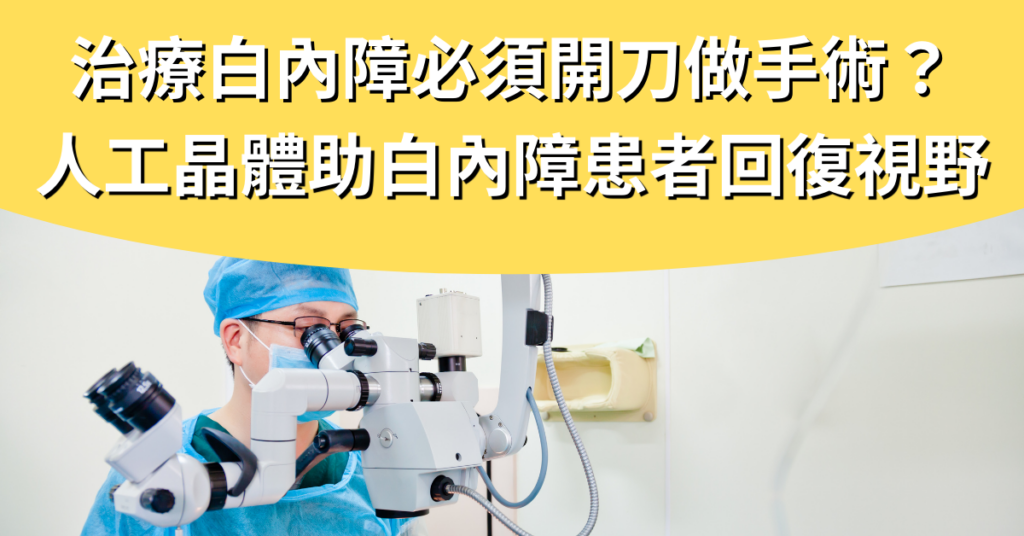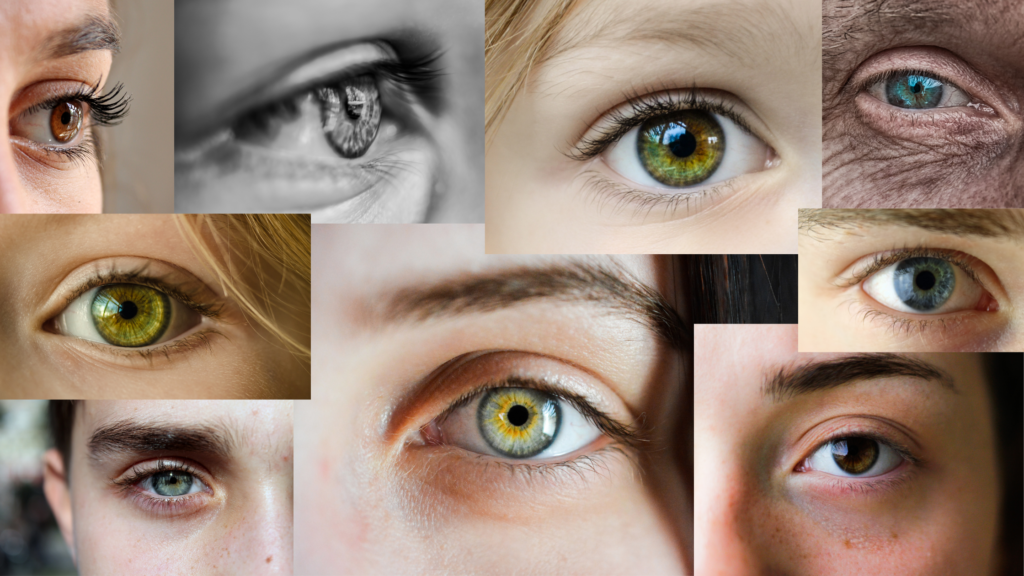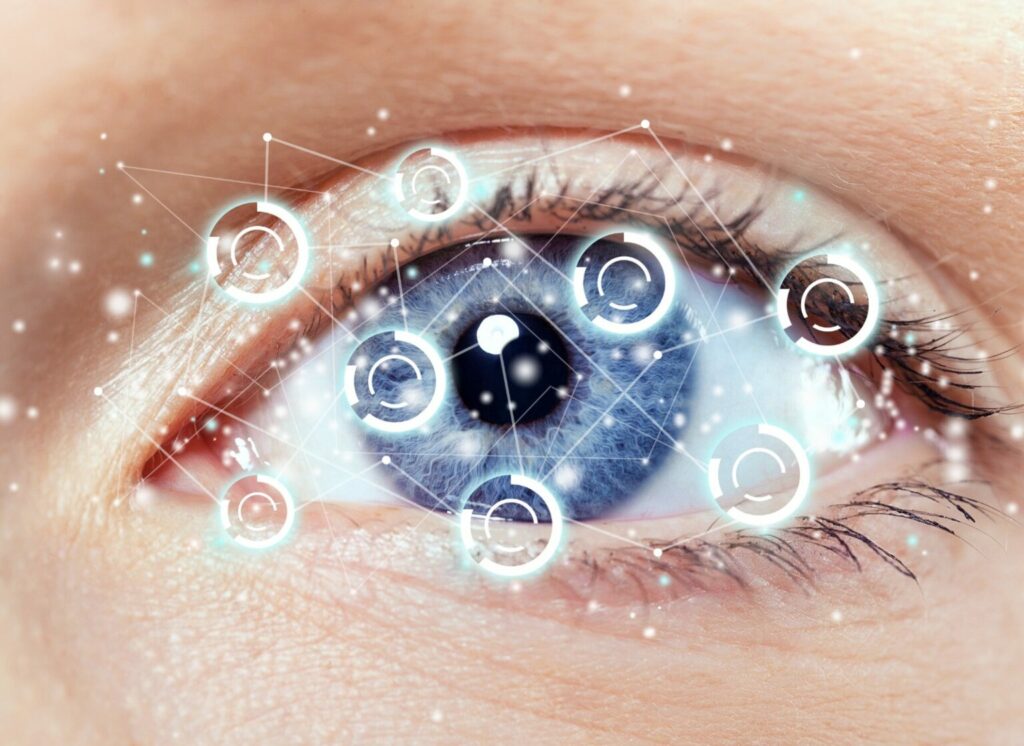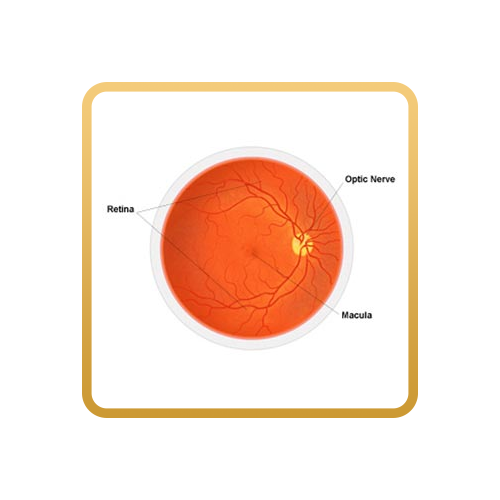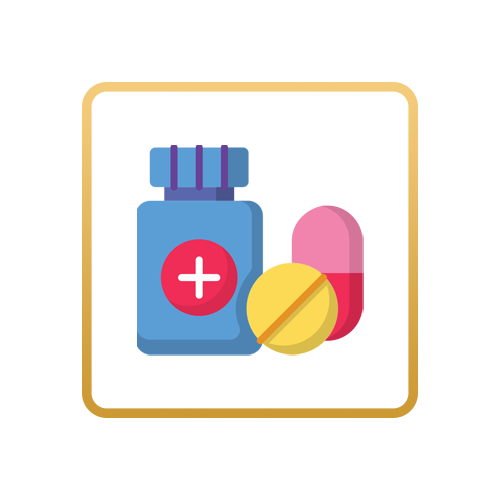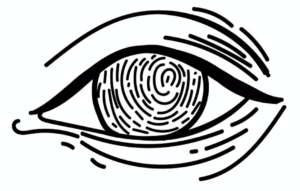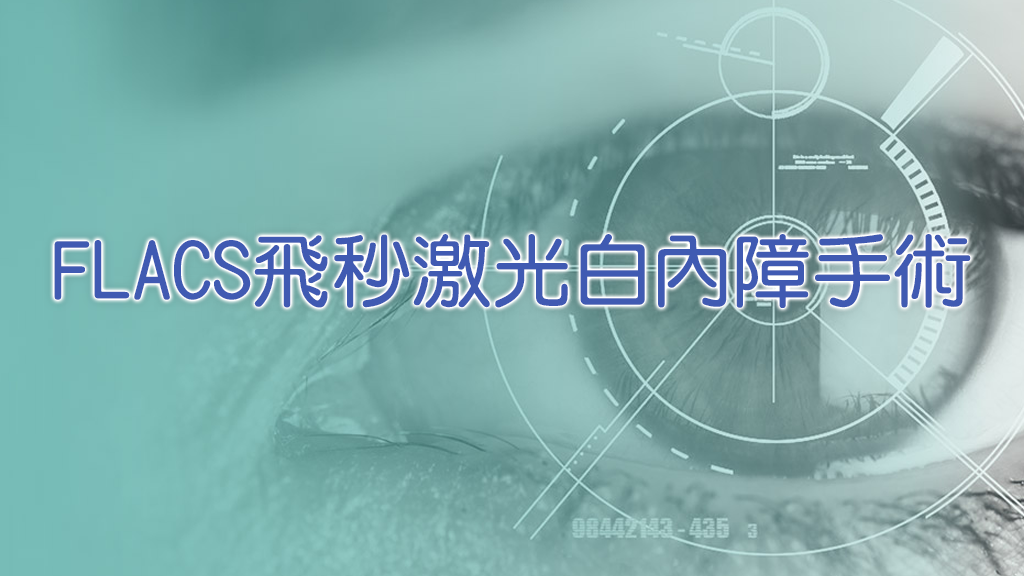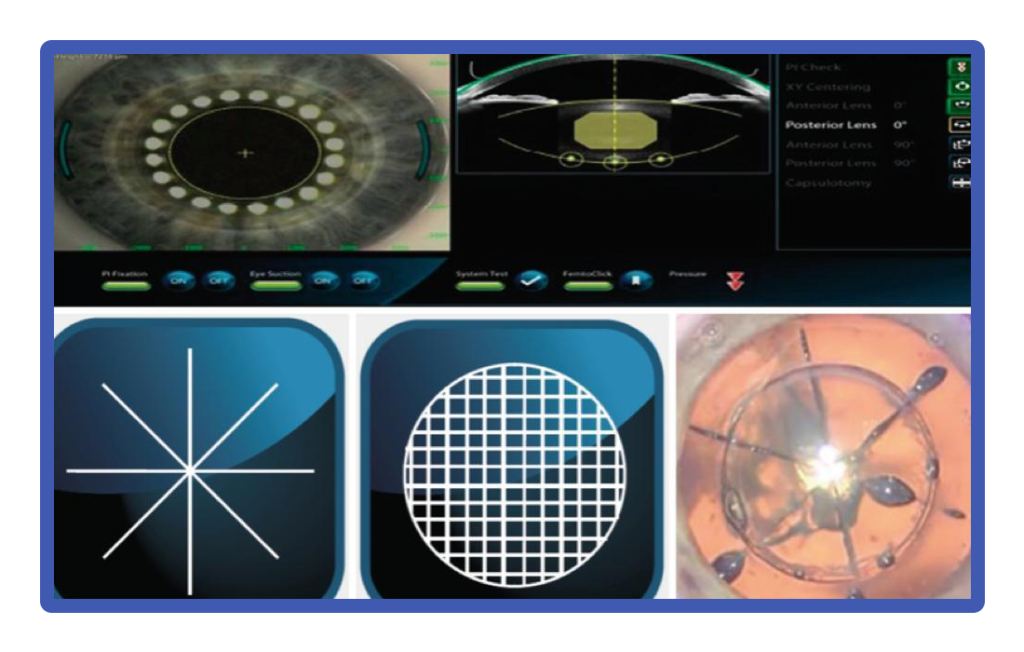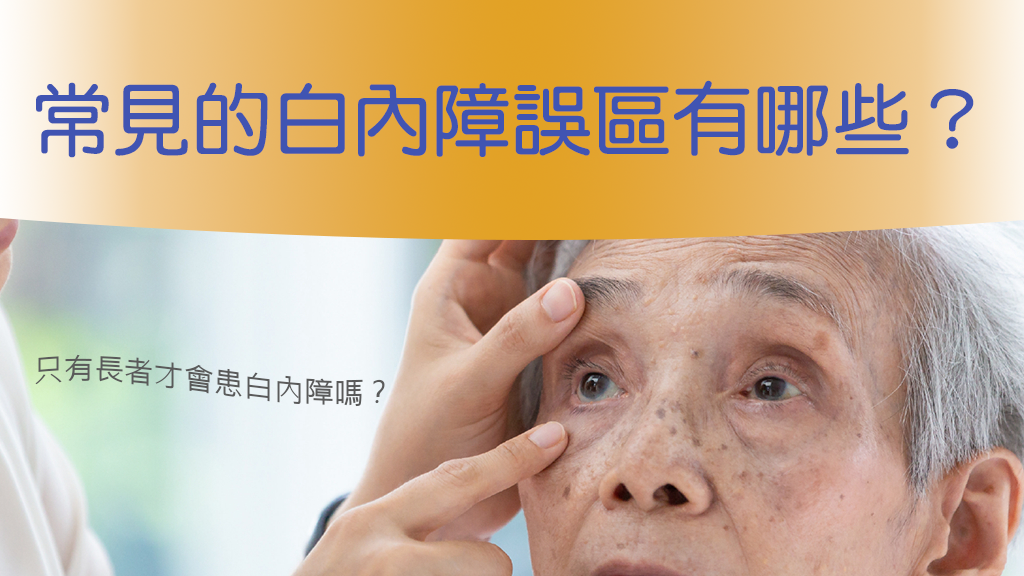According to the World Health Organization, about 39 million people worldwide are blind, of which 51% are caused by cataracts, the leading cause of blindness in the world. The most common cataract is senile cataract, which is usually found to have cataract symptoms in people over 50 years old, while diabetics and deep myopia are more likely to develop cataract symptoms earlier. If the cataract becomes mature, it will bring a series of complications to the patient, such as: glaucoma, uveitis, etc., and even blindness, with serious consequences. Therefore, patients will undergo cataract surgery, treat cataracts with intraocular lenses, and restore clear vision to the eyes through treatment.
What is Cataract?
Cataract is caused by the transparent lens used to focus in the eye becomes cloudy due to old age or disease, and the lens functions like a camera lens, helping the eye to focus accurately, so that the image can be focused on the retina to form a clear image. The lens is made of proteins and has the function of regulating light. When the lens becomes cloudy, the transparency decreases, and light cannot pass through, resulting in decreased vision and cataracts.
What are the symptoms of cataracts?
The symptoms of cataract are relatively easy to identify compared with other eye diseases, such as dry eye, and the most noticeable symptoms generally include reduced reading ability, which is mainly caused by blurred vision, and there will be photophobia problems, patients are also prone to glare at night, or symptoms such as loss of color and contrast resolution. The symptoms of cataract can be subdivided into early cataract symptoms and late cataract symptoms:
Initial cataract symptoms
- photophobia
- Monocular diplopia
- Myopia suddenly spiked geometrically
- Presbyopia lightened
Late cataract symptoms
- Vision modeling
- See things glare
- The image color becomes dull
Why do I get cataracts?
aging
The main cause of cataract is due to aging of the eyes due to aging, which is also known as "senile cataract", which is caused by the aging and decline of the lens. In medicine, according to the opacity location of the lens, such cataracts are subdivided into three categories: posterior subcapsular opacity, nuclear opacity, and cortical opacity.
Caused by other diseases
Also known as "secondary cataracts", it is caused by surgery, steroid medications, or other health problems such as glaucoma, diabetes, intraocular inflammation, and high myopia.
Caused by trauma
Trauma is also a cause of cataracts. When the eye has been subjected to strong impact, puncture injury, or has been subjected to high heat, chemical burns, etc., the crystal fibers are misaligned, and lesions such as turbidity and hardening may occur. However, some patients do not develop cataracts immediately, but gradually appear later.
Open surgery to treat cataracts is the only way out
At present, open surgery is the only treatment for cataracts. The cataract surgery process involves removing the cloudy lens and implanting an intraocular lens to treat the cataract and improve vision. Generally, cataract surgery is performed under local anesthesia, and doctors use a microscope in the operating room to remove the originally cloudy lens and implant an intraocular lens suitable for cataract patients using ultrasound emulsification technology. Since this is a minimally invasive procedure, the surgical incision will be relatively thin and stitches will not necessarily be required, so the wound recovery time is relatively short. Cataract surgery is safe and complications are uncommon.
However, since everyone's condition and needs are different, and intraocular lenses are not as easy to replace as glasses, you should understand with your doctor before undergoing cataract surgery, and then choose the cataract intraocular lens that suits you.
Before undergoing cataract surgery, the patient decides which intraocular lens to choose for cataracts. Patients can decide which intraocular lens for cataract treatment can bring the best results for patients based on their overall eye health, such as dry eye, corneal astigmatism or macular health, etc., and finally undergo cataract surgery.
At present, there are three main types of intraocular lenses available for cataract surgery:
- Unifocal intraocular lens
This is a commonly used intraocular lens in cataract patients and is also suitable for all patients. However, this intraocular lens only has a single focal length, and if the single-focal IOL lens implanted with the long-distance viewing function improves farsightedness, it may be necessary to wear reading glasses when performing close activities such as reading or playing sparrows.
- All-round wide view of intraocular lenses
Lengthen the eye focus, solve the shortcomings of the previous multifocal length intraocular lens that can only see far and close things, and fill the mid-distance vision.
- Trifocal intraocular lens
This intraocular lens is suitable for cataract and presbyopia patients, it is a multifunctional intraocular lens with far, medium and near full vision, and after surgery, cataract patients will have less dependence on glasses. However, cataract patients may have visual disturbances such as halos and glare after surgery, so patients may need more time to adapt.
In addition, the new generation of continuous intraocular lenses launched in recent years provides a wide continuous field of view from a distance to a reading distance of 33 cm, eliminating the visual gap existing in trifocal technology and other multifocal technologies, allowing patients to experience continuous high-contrast vision from far to near even under low-light conditions, greatly reducing the dependence of cataract patients on glasses. Its UV light filtering technology also helps to reduce glare and halo intensity when driving at night.
Many patients who undergo cataract surgery to treat cataracts will question the duration of the IOL. In fact, current IOLs are made of biocompatible materials such as acrylic or silicone. This means that they do not react with the human body anaphylaxis. For more than 100 years, no cases of aging intraocular lenses affecting vision have been found. So, don't worry about intraocular lens life. IOLs live longer than anyone can live, and rare IOLs change and need to be replaced.
When should I have cataract surgery?
Because when cataracts become mature and worsen, there is a chance to bring a series of complications to patients, such as glaucoma, uveitis, etc., so early treatment should be received cataract surgery. Moreover, under the current medical practice, patients do not need to wait for the symptoms of cataract complications before surgery. Cataract surgery can be considered when vision gradually deteriorates and vision is insufficient to cope with daily work or daily needs. After the patient's vision loss is detected by the nurse, after examination and discussion with the doctor, the decision can be made when to undergo surgery to treat cataracts.
If you wait until the advanced cataract for surgery, the lens will expand or even dissolve, which will bring a series of complications to the patient, such as glaucoma, uveitis, which can lead to irreversible blindness, and advanced cataract surgery is more difficult and vision recovery is slower.
Care after cataract surgery
Patients may have glasses, sunglasses or eye protection for one week after cataract surgery. Do not wipe your eyes with your hands to avoid inflammation of the wound. The eye area can also be gently rubbed with disinfectant cotton or clean paper towels to avoid infection. Normal movement after routine cataract surgery without bed rest. However, complex cases such as trauma and concomitant glaucoma may require restriction of activities.
In terms of diet, abstinence is not required after surgery, but patients should reduce their intake of irritating foods. For people with allergies, foods with high protein content should also be avoided.
Do not swim, do strenuous exercise, and avoid lifting or carrying heavy objects over 30 pounds for one month after surgery. On weekdays, when the head is bent low, be careful to avoid collisions.




